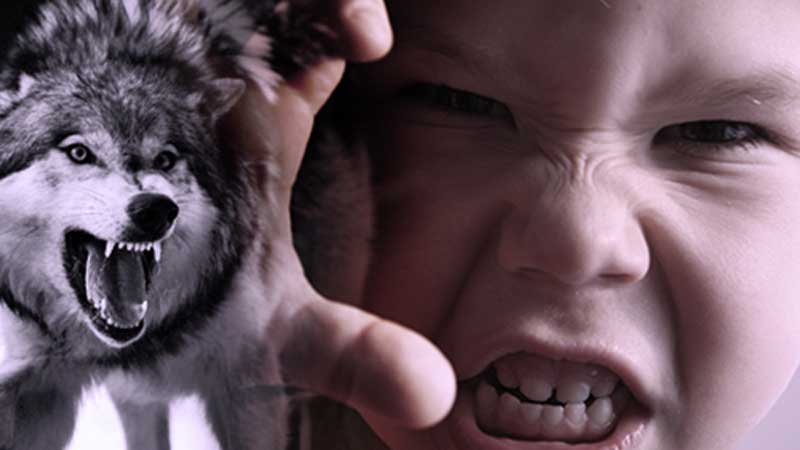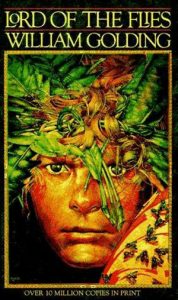DR KAJA FRANCK says writers have long used children’s innate ability for violence to develop horrifying fiction

Once upon a time, on a family camping trip, my parents left my younger sister and me to play in the park whilst they looked around a beautiful village.
As we played on the swing set, a group of young boys, about our age, came to play in the park.
For some reason they took umbrage at our presence and proceeded to kick and punch the two of us.
After they started to bombard us with stones, I decided we should leave.
The moment we stepped outside the perimeter of the playground we were safe, apparently no longer in their territory.
A more perfect example of pack mentality in children would be hard to find. The following year, 1993, Jamie Bulger was stoned to death by two children who were the same age as our tormentors.
The media obsessed over the case asking the same question over and over again: How could innocent children be killers?
The final verdict, regardless of what the courts said, was that one of the attackers had been almost feral due to an unhappy upbringing and exerted a power over the other perpetrator.
The figure of the innocent child no longer seemed an absolute following this crime.
Morality and the Feral Child
Perhaps what scares us then is not that children can become immoral but that they are amoral.
The cruelty of the children in the playground is not a reflection of a corrupt adult world but an a priori state.
It is the influence of society that takes children from amorality to humanity.
The phenomenon of feral children has been of considerable interest to early philosophers, linguists, sociologists and psychologists.
They seemingly offer insight into the nature versus nurture argument and the stories that surround their existence become dark myths of humanity lost.
In literature this can be seen in a number of horror texts.
William Golding’s Lord of the Flies (1954) follows a group of young boys marooned on a desert island until the bloody climax.
Without the strictures of adult control, the characters return to a feral state.
Born out of the horror of two world wars, the pessimistic presentation of the fragility of human morality is perhaps inevitable.
In contrast Anne Fine’s The Tulip Touch (1996) suggests the sociopathic behaviour of the anti-heroine, Tulip, is caused by the malign influence of her parents and the disinterestedness of the other adults in the novel who should protect her.
In both novels, there is a disturbing portrayal of child-on-child violence.
‘Gabriel-Ernest’, Werewolves and Cannibalism
‘Gabriel-Ernest’ (1909), a short story by Saki, features an adolescent werewolf who preys on local children.
The tale opens with the eerie line: “There is a wild beast in your woods”.
Saki draws a parallel between werewolves as creatures who are not what they seem and the misbegotten belief that children are innocent.
The ironic ending to the story and the humorous tone of the narration only make this simple tale more unsettling.
It is clear to both the reader, and at least one of the characters, that Gabriel-Ernest is unashamed of his desire to eat flesh and openly admits to killing at least one child.
He first appears naked sunbathing by a wood-bound pool and Saki brings an unnervingly sexual quality to the young werewolf portrayed through his lack of inhibition.
He lives in the wild and seems entirely at ease with living outside of human society. The character Van Cheele, who owns the woods, is both disturbed and attracted to this feral teenager.
He is, however, aware of the danger that Gabriel-Ernest poses.
Van Cheele’s aunt sees Gabriel-Ernest as a foundling who can be returned to polite society. At the end of the novel, she ignores the evidence that her protégé has harmed a young child preferring instead to imagine Gabriel-Ernest has perished as a hero who attempted to save his prey from drowning.
The disconnect between appearance and reality in regards to the sanctity of childhood and the use of cannibalism to highlight this add to the sense of the uncanny in this story. It will certainly make you question the quality of innocence that children possess.









Not sure which was worse – dad and me leaving both of you in that playground, or assuming the tulip touch would be safe reading for children. Interesting commentary, Kaja. Is there evidence that cruelty to other children (as opposed to cruelty to animals) is done only by groups of children? Is it more typically male behaviour (any more than violence is presently more prevalent in the male of the species)?